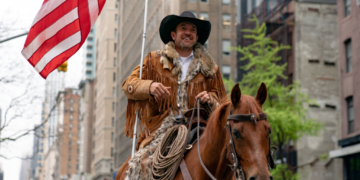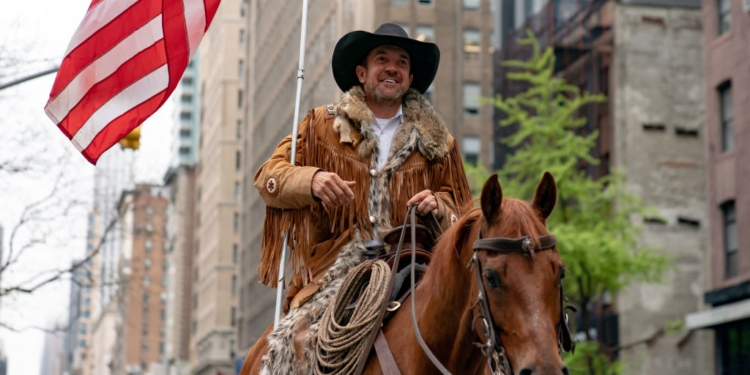A misdemeanor trespassing conviction involving a participant in the Jan. 6, 2021, riot on the Capitol was upheld by a federal appeals court.
Couy Griffin, a founder of “Cowboys for Trump,” appealed his 2022 conviction for entering and staying in a restricted building or grounds, per The Hill.
The 2-1 decision was announced Tuesday.
If the court had ruled in Griffin’s favor, it would have affected the cases of hundreds of other rioters.
It is against the law to “knowingly” go into a restricted zone, which are areas that are “posted, cordoned off or otherwise restricted.”
Griffin contended he could not have broken the law if he did not know why an area was restricted.
In this case, then-Vice President Mike Pence was under the Secret Service’s protection and was in the Capitol.
A District of Columbia Circuit Court of Appeals panel said breaching a restricted area alone violates the law, even if it is not known why the restriction is in place.
“A contrary interpretation would impair the Secret Service’s ability to protect its charges,” Judge Cornelia Pillard wrote in the majority opinion. “It would require Secret Service agents preventing members of the public from encroaching on a temporary security zone to confirm that each intruder knows that a person under Secret Service protection is or is expected to be there. Neither the text nor the context of the statute supports that reading.”
Griffin also believed the many rioters that went before him trampled fencing and signs that designated what areas were restricted. However, the judges held that Capitol grounds were “adequately ‘posted, cordoned off or otherwise restricted’ when Griffin clambered over a stone wall and jumped inside.’”
Judge Gregory Katsas wrote the dissenting opinion.
He wrote that both knowledge of an area being restricted and the reason why should be met to determine guilt in entering and remaining in a restricted building or grounds.
“My colleagues try to split the difference,” Katsas wrote. “They agree the defendant must know that the relevant area satisfies the first part of the statutory definition — i.e., that the area was ‘posted, cordoned off, or otherwise restricted’ at the time of the trespass. But there is no textual or contextual basis for projecting the knowledge requirement only halfway through the definition.”
There were more than 1,400 rioters from that day that faced the misdemeanor charge.
Another 171 rioters were charged with a felony under the statute by entering and remaining in the restricted zone with a deadly or dangerous weapon.


























 Continue with Google
Continue with Google